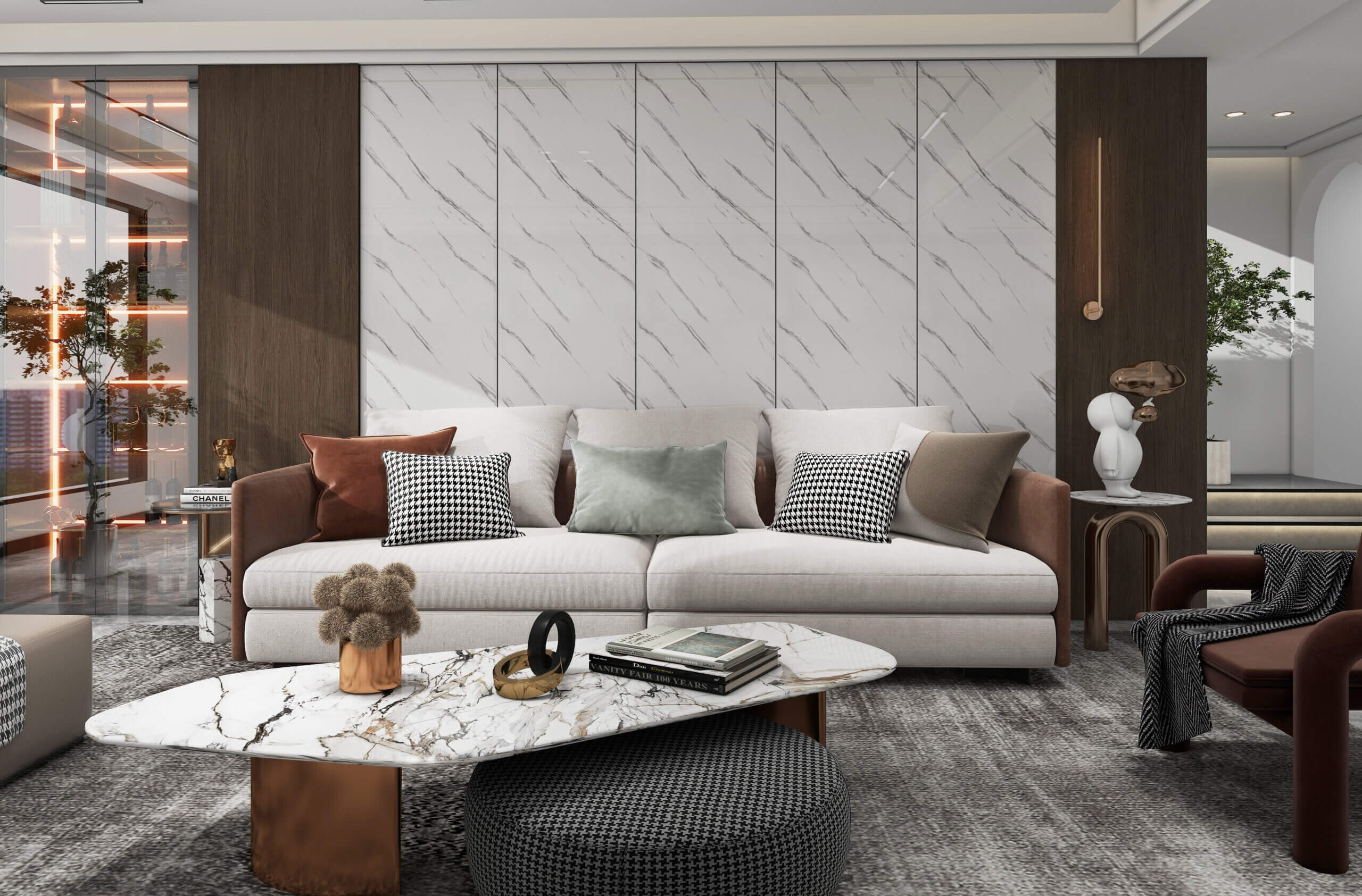lvt vs lvp: Understanding the Differences and Choosing the Right Flooring for Your Home
Of all the flooring types, two have exploded in popularity in recent years: luxury vinyl tile and luxury vinyl plank.Each provides a host of benefits for a variety of applications. If you are confused between the two, then rest assured; this article will dive into the differences between LVT and LVP, their relative advantages, and the best choice to make against any particular application.Let’s explore lvt vs lvp !
- What is LVT ?
- What is LVP ?
- lvt vs lvp: Key Differences
- Choosing Between LVT and LVP
What is LVT?
Luxury Vinyl Tile (LVT) is designed to mimic the appearance of natural materials such as stone, ceramic, or even wood. Also it is available in a tile format, meaning it is square in shape and can be installed in different patterns. LVT has been traditionally praised for being robust, easy to maintain, and flexible in terms of design.
Key Features of LVT:
(1) Design Variety: Available in numerous colors, textures, and styles, allowing for creative design options.
(2) Durability: Resistant to scratches, stains, and water, making it suitable for high-traffic areas and moisture-prone spaces like kitchens and bathrooms.
(3) Comfort: Soft underfoot compared to traditional tile or stone, providing a more comfortable walking experience.
What is LVP?
Conversely, Luxury Vinyl Plank, or LVP, is made to look exactly like hardwood flooring. It is installed in long, plank-like pieces that can give a more realistic wood floor look. Also, LVP is durable and water-resistant, making it very suitable for both residential and commercial purposes.
Key Features of LVP:
(1) Authentic Look: Engineered to closely resemble hardwood, complete with textures and grains.
(2) Ease of Installation: Typically features a click-lock installation system, making it user-friendly for DIY projects.
(3) Water Resistance: Like LVT, LVP is highly resistant to water, making it suitable for areas prone to spills and moisture.
lvt vs lvp: Key Differences
While LVT and LVP share many similarities, there are some notable differences:
(1) Shape and Format: The most apparent difference is in their shapes; LVT is square, while LVP is long and rectangular.
(2) Design Aesthetics: LVT often imitates stone and ceramic designs, whereas LVP focuses on replicating wood.
(3) Installation Patterns: LVT offers more flexibility in installation patterns (like herringbone or checkerboard), while LVP is generally laid in a linear format to enhance the wood-like appearance.
Choosing Between LVT and LVP
The choice between LVT and LVP ultimately depends on your design preferences and specific needs. Here are some factors to consider:
(1) Aesthetic Preferences: If you desire a wood look, LVP is your best option. If you prefer the appearance of tile or stone, LVT would be more suitable.
(2) Room Functionality: For areas with high moisture levels (like bathrooms), both options are excellent, but LVP is particularly well-suited for living spaces seeking a warm, wood-like ambiance.
(3) Installation Environment: If you are looking for a DIY project, LVP is click-lock installation system may be easier for you compared to some LVT products.
In Conclusion
Both Luxury Vinyl Tile (LVT) and Luxury Vinyl Plank (LVP) offer durable, attractive flooring solutions that cater to different aesthetic and functional needs. Knowing just their most important features and advantages, you can make a decision that will help beautify and add functionality to your space. Whichever option you choose between LVT and LVP, it will be one stylish flooring option-strong yet easy to maintain.
If you want to know more, please feel free to contact us, send an inquiry and enjoy the discount.







